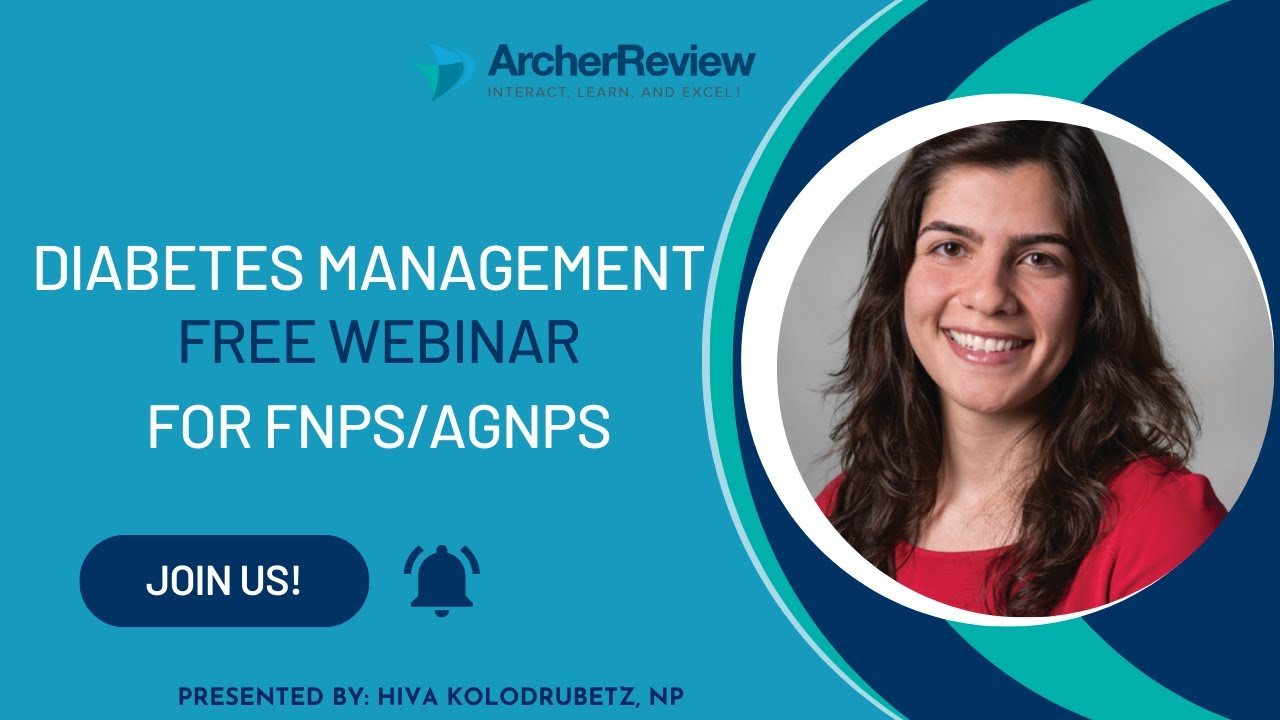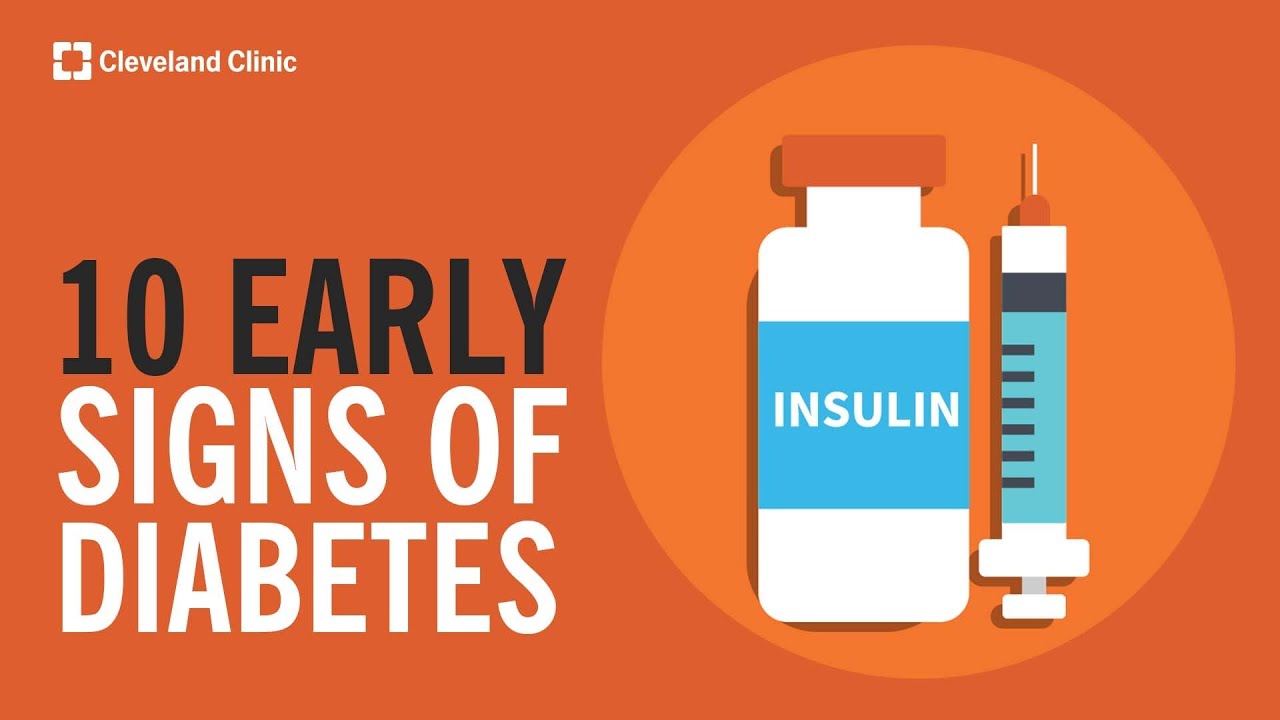Glycemic control poor among hospitalized patients
Reuters Health • The Doctor's Channel Daily Newscast
“With the prevalence of diabetes in hospitalized adult patients ranging from 12 percent to 25 percent, it’s vital for hospitals to use effective insulin therapy to control glucose levels in acutely ill patients,” lead author Dr. Jeffrey B. Boord says in a prepared statement. “Tight glucose control can improve patient outcomes and decrease hospital stay.”
As part of the University HealthSystem Consortium’s Glycemic Control Benchmarking Project, Dr. Boord at Vanderbilt University School of Medicine in Nashville, Tennessee, and his associates evaluated glycemic management at 37 academic centers in 2004.
The cohort comprised 1718 adults (median age 65 years, 54% male) admitted with one of eight diagnostic-related group codes considered to be “the most common adult medical and surgical admission codes that included diabetes as a secondary diagnosis” and hospitalized for at least 72 hours. Subjects were included if they had two consecutive blood glucose readings > 180 mg/dL within a 24-hour period, or received insulin treatment during their stay.
Seventy-nine percent of the cohort had a history of type 2 diabetes. These patients had a median admission glucose level of 158 mg/dL. Testing on 3 consecutive days showed that, overall, persistent hyperglycemia was common: Half of the entire cohort had blood glucose levels of 180 mg/dL or higher on days 2 and 3, and nearly one in five patients had a median glucose that high on all 3 days.
The authors observed wide variation in performance of recommended hospital diabetes care measures, including laboratory glucose measurement within 8 hours of admission (39%-97%), blood glucose monitored at least 4 times on day 2 among patients with diabetes (57%-96%), and assessment of glycosylated hemoglobin during hospitalization or within the 30 days prior to admission (3%-63%).
There was also variation among hospitals (12%-76%) in the use of recommended regimens of insulin therapy, “defined as short-acting and long-acting subcutaneous insulin or IV insulin infusion or insulin pump therapy on second measurement day.”
Only 9% of the patients were evaluated by an endocrinologist or diabetologist during their hospitalization.
Thus, Dr. Boord’s team maintains, “Academic medical centers have opportunities to improve care to meet current American Diabetes Association hospital diabetes care standards.”
Reference:
J Hosp Med 2009;4:35-44.








